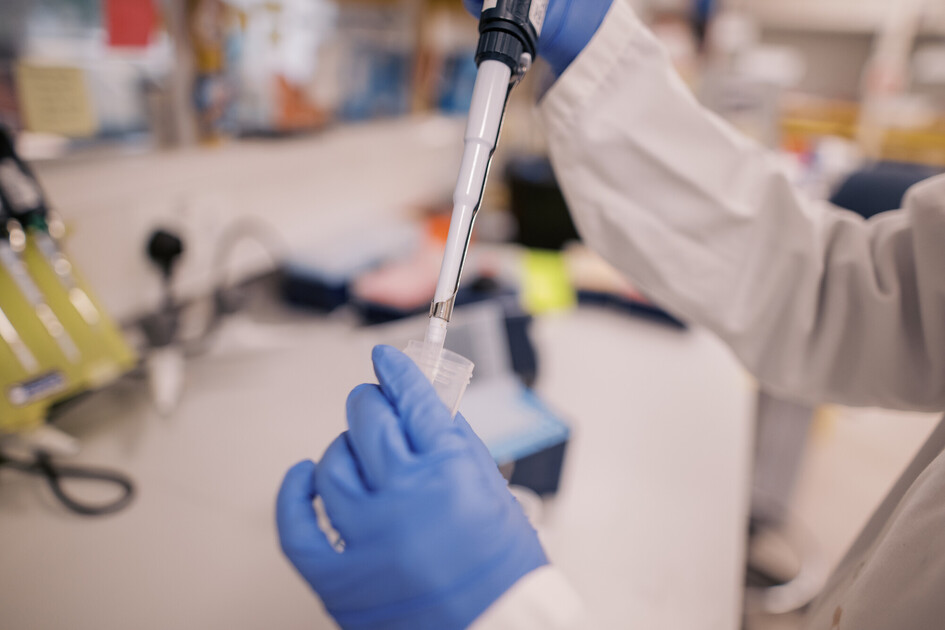Scientists find signals that could show if myasthenia gravis treatments are working

Scientists, from Berlin University, have found biological signals in the blood that could help show how someone is responding to treatment for myasthenia gravis (MG). These signals are called biomarkers – small changes in the body linked to a specific condition.
The scientist looked at two proteins:
- Calprotectin (CLP) – linked to inflammation. In MG, the immune system attacks part of the connection between nerves and muscles, often causing inflammation.
- Neurofilament light chain (NfL) – linked to damage at the place where nerves talk to muscles. In MG, this connection is blocked and can become damaged.
22 people living with MG took part in the study. 12 people were treated with ravulizumab, and 10 with efgartigimod. The scientists measured the levels of CLP and NfL before treatment and again after 8 to 10 weeks. They also looked at how MG was affecting daily life using a scale called MG-ADL.
The results showed that changes in the biomarkers matched changes on the MG-ADL scale. For example, when someone didn’t get better with treatment, levels of the proteins went up. This suggests there is more inflammation and damage.
These proteins could help doctors and people living with MG understand how well a treatment is working. That could help them make better choices about their care and treatment. However, larger studies will need to confirm these findings.
The treatments used in the study aren’t available in the UK yet. But finding good signals in the blood could help create more personalised care in the future.